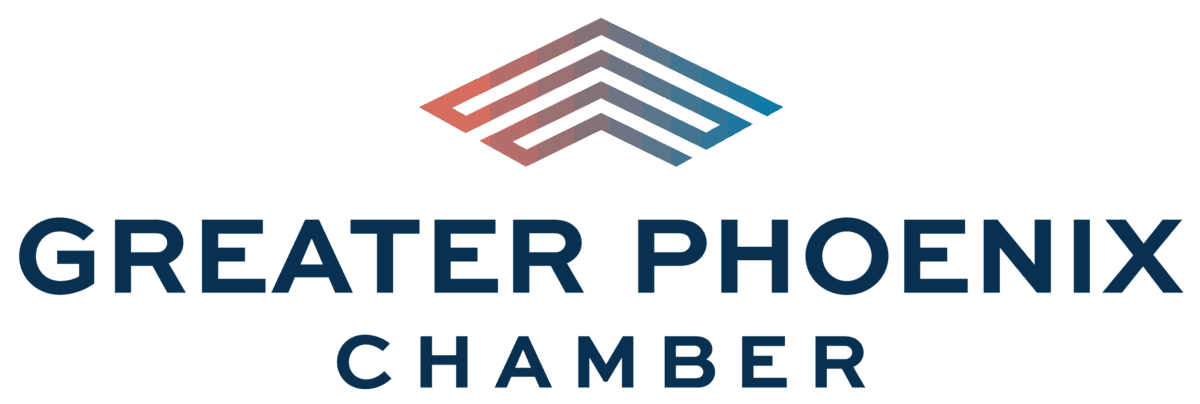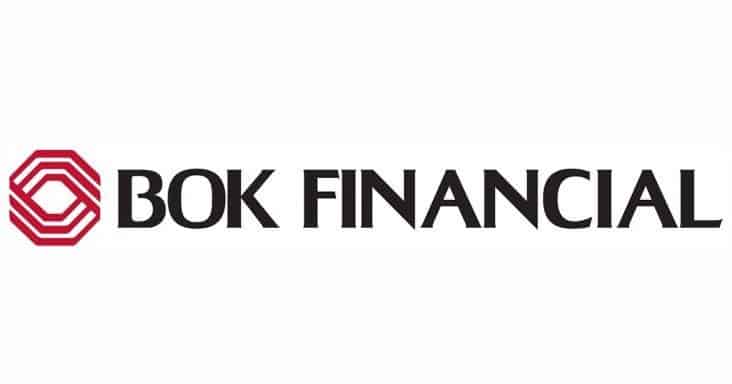
By Kimberly Bridges, director of financial planning at BOK Financial®
October, National Financial Planning Month, is the perfect time to brush up on what a plan is, why it’s needed, and how to get started creating one.
No matter where you are in your financial awareness journey, it’s a good time to create or revisit your financial plan. A financial plan provides a holistic view of your current financial situation, defines your financial goals, and outlines the best path for accomplishing your goals.
It’s about taking a good look at where you are now, where you want to be, and how you can get there while managing risk.
Experts say we’re 42% more likely to achieve our goals if we write them down—and that applies to financial goals, too. It’s difficult to achieve goals you haven’t set. It’s easier to achieve financial goals if you’ve identified those goals and mapped out the course to get there. That’s where a financial plan comes in.
Only 30% of Americans have a long-term financial plan, and only 28% have a written financial plan.
A financial plan builds on the basics of creating a budget, building an emergency fund, paying off debt and saving for retirement. A financial plan should address:
- Your risk tolerance.
- The best types of accounts for saving and investing.
- Impact of things like home buying or selling a business
- How to best allocate resources.
I believe everyone, regardless of age and wealth, needs a financial plan.
It’s especially important for anyone going through a life transition—retirement, selling a business, divorce, or the loss of a loved one.
However, financial planning isn’t only for those navigating life transitions and milestones.
If you’ve never gone through the financial planning process, doing so will help you prioritize your goals and make sure you’re on track to achieve them. It’s never too early—or too late—to make a plan for your future. I think sometimes people put if off because they’re afraid they will be told they need to spend less and save more, and they don’t want to face that reality.
But the earlier you start, the more options you have. So don’t wait.
Getting started
Creating a financial plan means answering tough questions like: When do you hope to retire? What does your ideal retirement look like? What are your financial goals? What people or charities do you want to support?
Determining the costs to fund your lifestyle is the next step. Many people have a hard time with this. I suggest simply figuring out your total annual income, subtract the amount you pay in taxes and the amount that goes to long-term savings and investments. What’s left is a rough estimate of your annual spending.
I suggest mapping out other expenses like travel, education, healthcare, and infrequent expenses like a wedding, home remodel or car replacement.
Starting the financial planning process will go smoother if you gather some documents ahead of time:
- Tax returns
- Pay stubs
- Social Security statements
- Pension/annuity statements
- Investment/bank account statements
- Will and trust documents
From there, you’re ready to work with a professional financial planner who will help create a plan that works for you and your goals.


